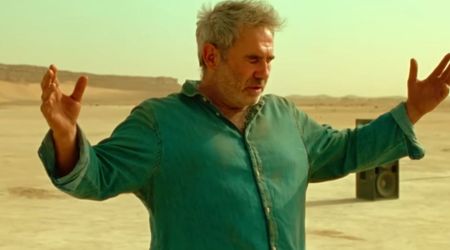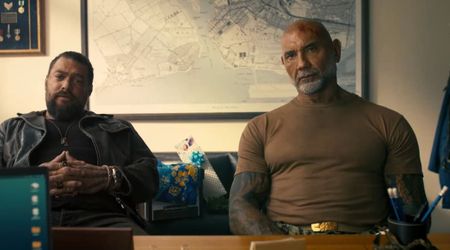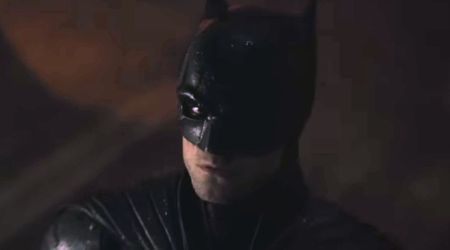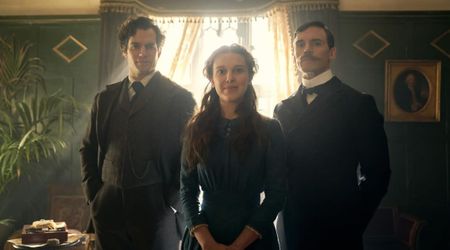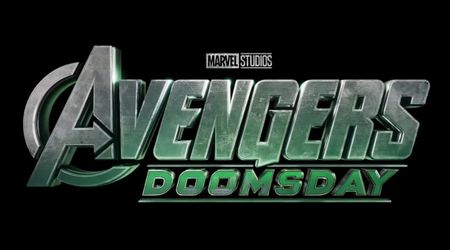Japan Society and MoMI announce retrospective of films by Hiroshi Shimizu
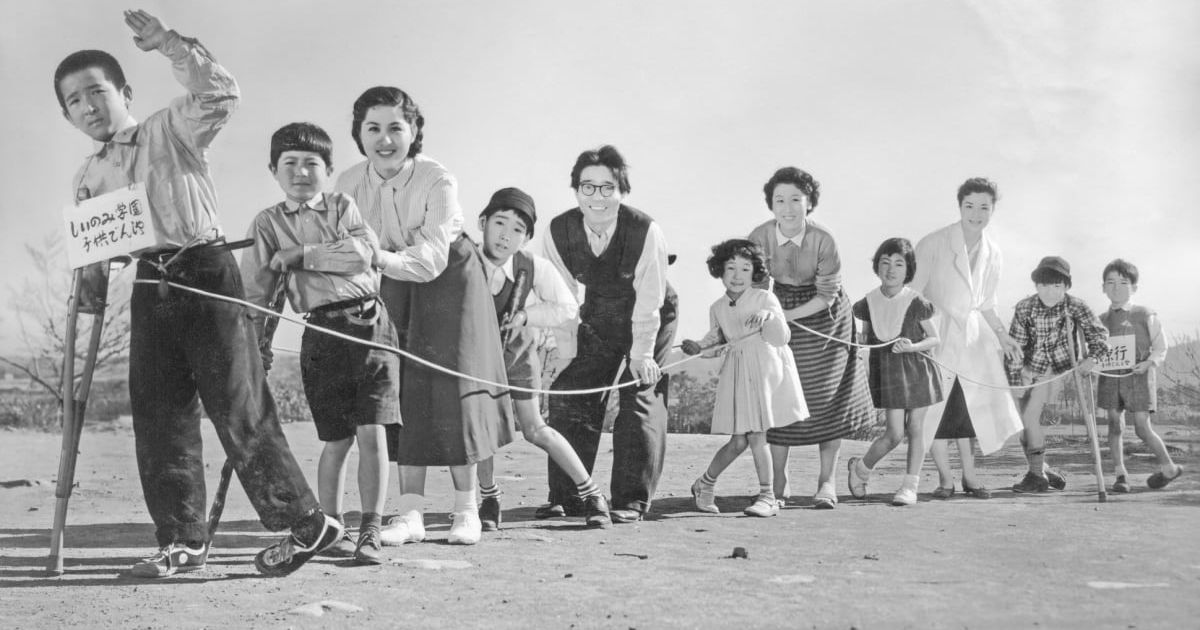
New York City, New York (Release): Japan Society and Museum of the Moving Image (MoMI) will co-present a 27-film retrospective devoted to Hiroshi Shimizu, an unsung master of Japanese cinema, from May 4 through June 1. Co-organized with the National Film Archive of Japan and the Japan Foundation, New York, the two-part series will offer the first New York survey of the major filmmaker in more than 30 years and the largest ever assembled in North America — featuring rare, imported archival 35mm prints; live piano accompaniment; and newly commissioned subtitles.

A prolific filmmaker with 163 films to his name — of which only around a quarter survive — Shimizu (1903–1966) worked as a director for leading Japanese studio Shochiku (alongside his close friend Yasujirō Ozu) from the mid-1920s until he left to form his own independent production company in the late 1940s, continuing to make work until 1959 through what has come to be known as the Golden Age of Japanese Cinema.

Divided in two parts, the retrospective will begin with 'Part I: The Shochiku Years', presented at Museum of the Moving Image from May 4-19, gathering the best extant films of Shimizu’s protean and varied career with the studio. Highlights include the filmmaker’s hitherto best-known films in the United States –– 'Japanese Girls at the Harbor' (1933), 'Mr. Thank You' (1936), 'The Masseurs and a Woman' (1938), and 'Ornamental Hairpin' (1941, starring Ozu stalwart Chishū Ryū and Shimizu’s one-time wife, the great actor-director Kinuyo Tanaka) –– alongside rarer contemporaneous works that display the full stylistic and tonal range of this consummate craftsman’s accomplishments.

From May 16–June 1, Japan Society will present the inaugural 'John and Miyoko Davey Classic Film Series Part II: The Postwar and Independent Years'. Shimizu’s postwar films have seldom screened internationally, despite being achievements on equal footing with his prewar output. Capturing Japan in a state of regeneration, these films illustrate a society trying to pull itself together, weaving themes of collective struggle and hope while zeroing in on the plight of the dispossessed underclasses. Highlights include Shimizu’s complete 'Children of the Beehive' trilogy. Screened in its entirety for the first time in North America, this late-period saga is the culmination of the director’s postwar work, featuring the eight war orphans Shimizu himself adopted and brought up in a rented Buddhist temple after World War II.


